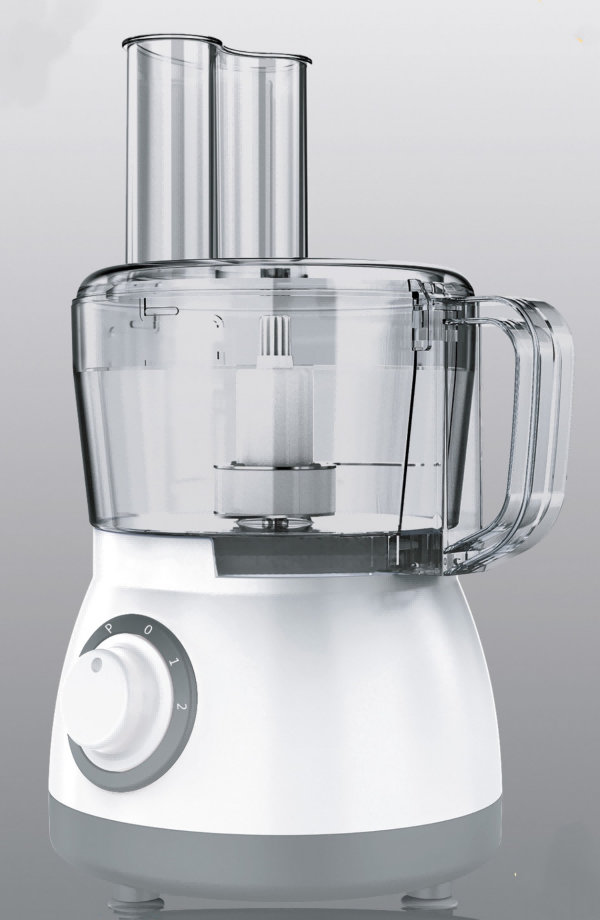In recent years, food processors have undergone significant technological advancements, with smart controls, quick cleaning, and multi-purpose designs becoming the main trends. These innovations cater to the market’s growing demand for more efficient, versatile, and user-friendly kitchen appliances.
Smart control systems have revolutionized the way Food Processors operate. Modern models are equipped with advanced sensors and artificial intelligence algorithms that can detect the type and amount of ingredients and adjust settings accordingly to ensure optimal processing results. This smart feature eliminates the guesswork involved in traditional food preparation, making it easier for users to achieve consistent and high-quality output.
Quick-clean mechanisms are another important innovation. Many modern Food Processors feature dishwasher-safe parts and self-cleaning features that greatly reduce the time and effort required for maintenance. Some models even feature ultrasonic cleaning technology, which uses high-frequency vibrations to thoroughly clean tiny crevices and remove stubborn residues, ensuring hygiene and safety in the kitchen.
The multifunctional design makes food processors an indispensable part of the modern kitchen. These devices come with a variety of blades and attachments to meet a variety of food preparation tasks, from slicing and dicing to mixing and blending. This versatility enables users to easily handle a variety of recipes, transforming the kitchen into an efficient cooking center.
Technological innovations in food processors, especially in terms of smart controls, quick cleaning, and multifunctional designs, meet the needs of an evolving market. As consumers continue to seek more efficient and versatile kitchen solutions, these advances will undoubtedly shape the future of food processing technology.

 WhatsApp:
WhatsApp: Mobile Phone:
Mobile Phone: Contact Now
Contact Now